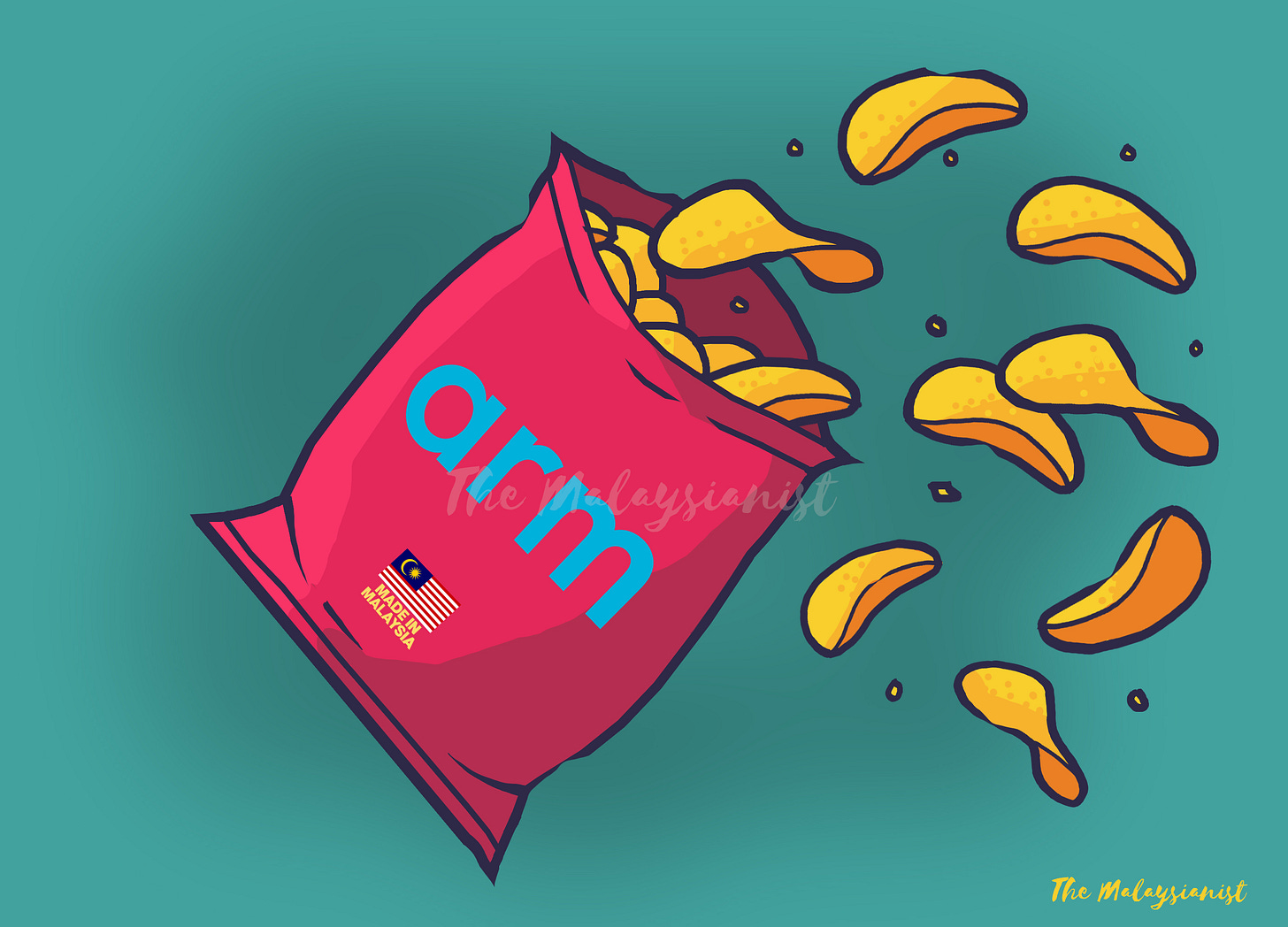Billion-ringgit (chip) blueprints
Malaysia ponies up public funds to spur chipmaking innovation.
The most intriguing story on my radar right now is the Treasury official found dead in the office with his neck and feet bound with cable ties.
Police are ruling out foul play, despite the deceased dying of strangulation injuries — the person’s neck and feet were bound with cable ties — following an autopsy by forensic pathologists.
Moreover, the body was lying for two days in his office at the Finance Ministry before being discovered on Wednesday morning. The deceased was a 45-year-old Customs Department tribunal officer.
“Based on the post-mortem report and pathologists’ statement, the investigation is still classified as sudden death,” said Kuala Lumpur police chief Rusdi Mohd Isa. The case will only be reclassified if criminal elements were found, he added.
A bizarre and mysterious death, to say the least.
You’re reading a paid version of The Malaysianist, a newsletter on money and power by writer and journalist Emmanuel Samarathisa.
I run monthly and annual subscriptions. There’s also the atas or founding member tier where you get all the perks of an annual subscription and more, such as an annual or founder’s report and insight into how this little corner of the internet fared throughout the year.
Group subscriptions are on the table, if you’re mulling over purchases for your organisation or for family members.
The Malaysian government will pay roughly RM1.1 billion (US$250 million) over the period of ten years to access the blueprints of UK-based chip designer ARM Holdings, to further develop the local semiconductor industry.
This was Wednesday’s big reveal. “We have always wanted to move from the back end — which is on testing and assembly — to the front-end,” Economy Minister Rafizi Ramli told Bloomberg in an interview that day.
He dubbed the partnership with ARM a “radical approach… with the perspective of building the whole ecosystem”.
But will subsidising Malaysian semiconductor companies in the hopes that one of these firms would be the next big thing, be the “radical approach” we need to build the “whole ecosystem”?

